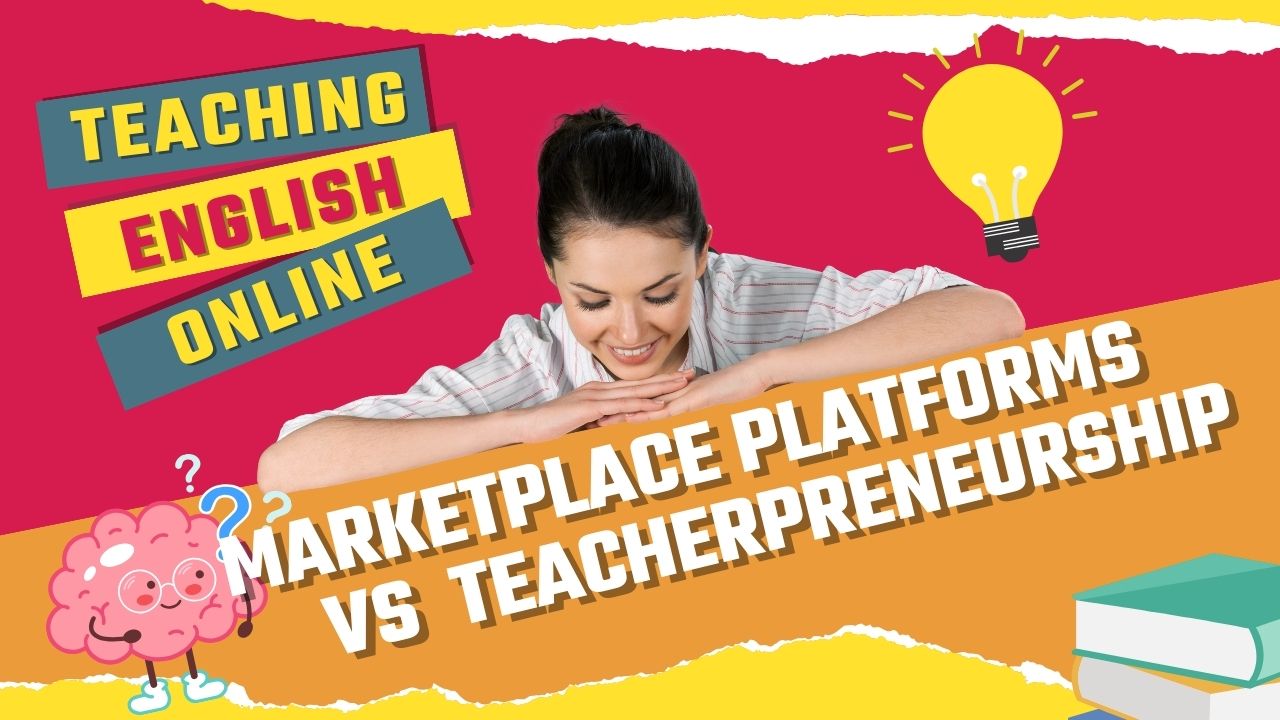Some online ESL companies allow teachers to decide whether they want to take on beginner students.
Most of the time, there are students who are not able to say more than a word or two. I personally do not have an issue with teaching beginners because I built my regular student (RS) clientele more easily that way.
The issue that often comes with having beginner ESL learners, however, is that they have trouble staying engaged and participating in class.
I have therefore developed a multitude of tricks that I use in class to keep them from getting bored.
Manuela Stef is currently teaching English online. She graduated from OnTESOL’s 250-hour TESOL Diploma, Teaching Business English, Teaching IELTS, and Teaching Young Learners specialist courses.
A Student Example
Every once in a blue moon, an RS beginner who is able to sit still for the duration of the lesson is assigned to my class.
That happened with Apple, she started out not knowing anything more beyond “yes” and “no”, but she has never had trouble sitting down and focusing on the lesson.
However, I have other beginners RSs who cannot make it through more than a few minutes of a lesson before they lose interest.
What’s more, even if I do know that Apple is able to sit still through the whole class, I never push her to that point because she could lose interest and focus.
Because that’s the case, I have found creative ways to keep the class running smoothly while keeping my students engaged.

Instead of Losing Patience, See The Lesson As A Game
First, do not lose your patience.
When you have a child as young as two or three who isn’t interested in the lesson you’re giving and who is more interested in looking into space and running off-screen, the situation can become frustrating.
However, students pick up on any signs of impatience and it’ll only make them disengage more.
Instead, when I see that they are no longer paying attention, I start speaking in different voices. I go from using a very low, quiet voice to a high-pitched loud voice, and they join right in because they see it as a game.
I’ll sometimes take this game one step further and pretend to fall asleep until they wake me up by either saying the answer in a loud voice or in a quiet one.
–Upgrade your credentials! Get a TESOL certificate!–
Making a Game From Learning KeyWords
Students have to learn keywords at the beginning of every new unit. I like to turn this learning into a game.
This is especially important if they do not know what all the words mean. I start by repeating the words with them a few times and then I instruct them to close their eyes. If they do not understand, I’ll repeat the instructions while mimicking the action of closing my eyes.
Once they close their eyes, I hide a keyword and then tell them, “OK, what is this?” After they have answered, I tell them, “Now teacher closes her eyes and you hide one”. I use gestures to ensure that they understand.
When they hide their word, I make sure to make mistakes when I say what the word is because it usually gets a laugh out of them.
Students don’t hesitate to tell me, “No!” This is the perfect opportunity for me to then ask, “Well, what is it?” to see if they remember.
In most cases, my RSs have no issues staying engaged. I have a student who likes this game so much that he initiates it whenever we begin a new unit.
An alternative to this is a drilling game with flashcards. I start by introducing two or three flashcards and I rotate them in a certain order.
Then, when the students expect it least, I break that sequence and switch it up. In most cases, they are on autopilot and they do not think about what they are saying.
This activity forces them to focus while keeping things fun.
Using The Toys To Teach

Next on the list is teaching using the students’ toys instead of teaching them directly.
Amy, an RS of mine who is at a Beginner 1+ level, loves it when I speak to her bear instead of directly to her. When I do this, everything gets reframed as, “Bear, what is this?” instead of, “Amy, what is this?” And I follow up by praising the toy, something the students find funny.
I also get my own puppets out when I know that the student that I’m teaching is toy-motivated. This then becomes a conversation between their toys and my puppets.
They may not understand everything, but they learn the important keywords and it prevents them from losing interest.
Comprehensive TESOL course package for teaching online to Young Learners!
Using Timers
Lastly, I use timers when the students begin doodling on the screen because they don’t understand and have given up on the class. I make sure they see me setting the timers on my phone so they know what to expect.
I usually set the timer to five minutes of work in exchange for two minutes of playing a game of their choice.
With beginners, the game they often choose is drawing things on the screen. We then practice naming what they drew.
My students appreciate this system because it breaks the class into smaller chunks of time.
They find this easier to deal with when we are looking at something new. From what I’ve noticed, students like this because I am not asking them to focus on learning something perfectly for thirty minutes straight.
I am only asking for five minutes at a time and then they get a little break. I am, however, very clear on the fact that I expect students to work during those five minutes or the clock starts back from five.






